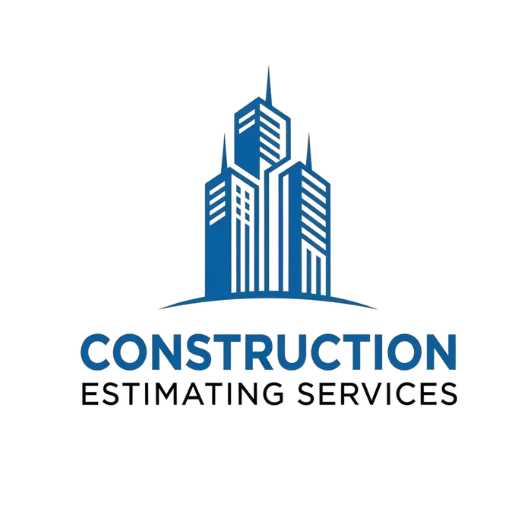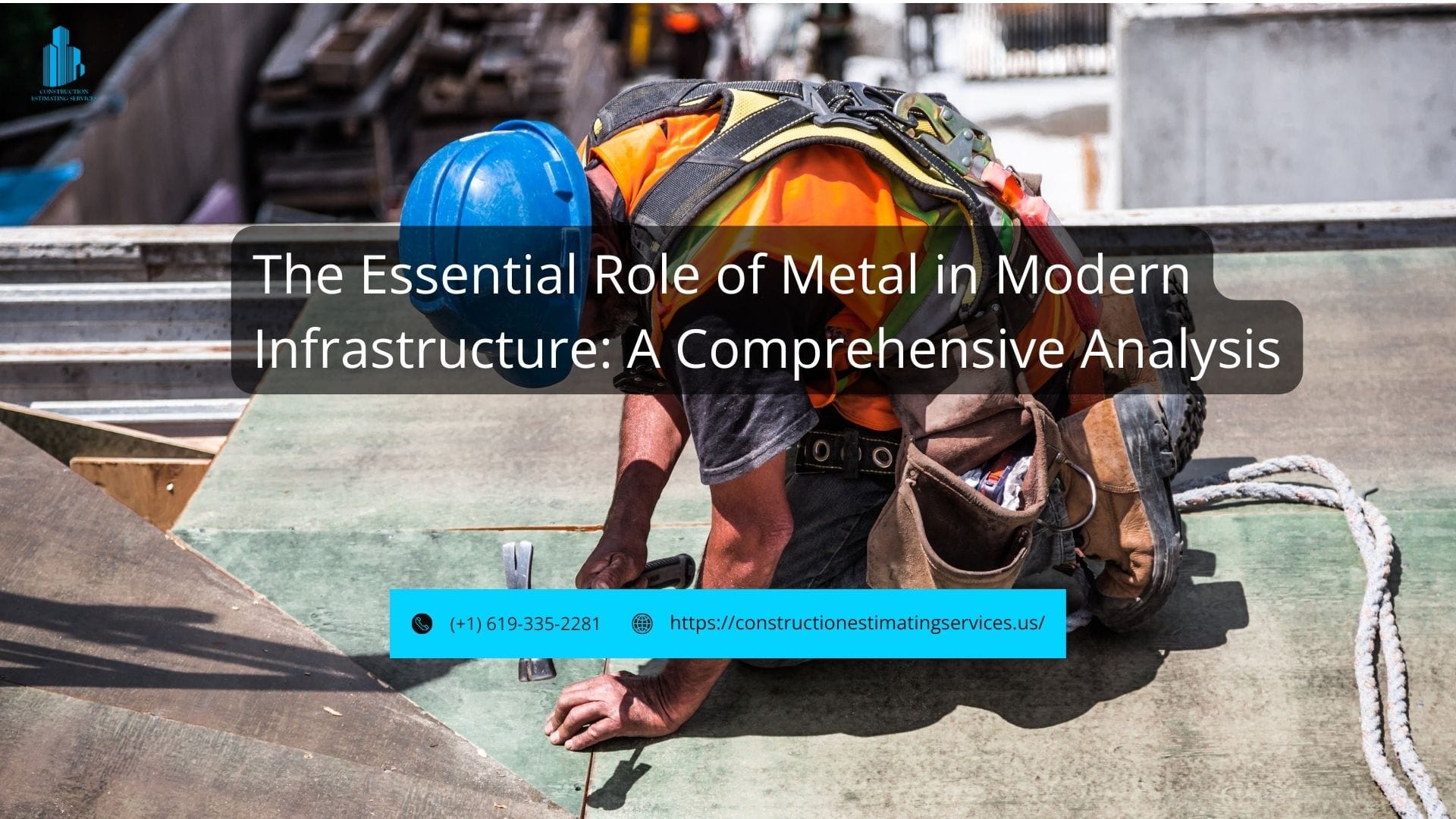The Essential Role of Metal in Modern Infrastructure: A Comprehensive Analysis
Infrastructure is the sole support of our modern society, whose span is spreading deep into time and space, serving as a home to billions worldwide who use it all day. “Hey, is metal indeed a part of the infrastructure?” Yes, it is an emphatic yes. Metal serves as a vital key in creating and maintaining various infrastructure projects, including, yet not limited to, skyscrapers and multiple transport systems, including rail and bridges. This article spells out the importance of metal infrastructure, its uses, the benefits it brings, and the necessary knowledge to implement it accurately.
The Importance of Metal in Infrastructure
Over the years, metal has always been man’s craft in building infrastructure. The fact that steel gets a unique status due to the electro and robustness of metals makes it an indispensable building material. Here are some reasons metal has dominated its place in treating concrete:
- Strength and durability
- Versatility
- Cost-effectiveness
- Recyclability
Common Types of Metals Used in Infrastructure
There is a long list of metals in the infrastructure, each one of them having specific properties which make them suitable for such or such projects. For example, the mainly used metals are:
- Steel
- Aluminum
- Copper
- Iron
Applications of Metal in Infrastructure
Iron is in almost all sectors of the infrastructure. For instance, metal is a crucial agent in the following:
1. Buildings and Skyscrapers
Steel is, without a doubt, the primary metal in any modern galactic structure, such as skyscrapers. Its high ratio of strength per unit of weight enables a balanced erection of extraordinary structures. A construction estimator needs to play an extensive role in figuring out the quantity and cost of steel required for these projects.
2. Bridges and Transportation
At the same time, bridges carry out most of the force, and metals, especially steel, positively expose this. For example, the Golden Gate Bridge in San Francisco is built with nearly 83,000 tons of steel. The construction cost estimator would be critical to determining the budget needed for this project.
3. Railways and Subway Systems
Metal is a crucial part of the railway infrastructure, from the tracks to the trains. A concrete estimator needs to estimate the amount of metal required for reinforcement for concrete railway foundations.
4. Energy Infrastructure
Power plants, transmission towers, and wind turbines all contain metal components. Metals’ strength and conductivity make them the best choice for these uses.
The Role of Construction Estimating Services
High-precision estimation is essential in metal-related infrastructure projects. Construction estimating services are responsible for deciding whether the projects will be executed at the minimum cost possible. Here are some roles that those services ought to fulfill:
- Material Quantity Estimation: A construction estimator calculates the exact amount of metal to be used for a project.
- Cost Analysis: A construction cost estimator delivers a thorough cost split-up helping in the patients’ budget and financial policy.
- Risk Assessment: Estimators estimate potential cost overruns and propose solutions for risk mitigation.
- Value Engineering: They are the ones that come up with the less costly alternatives that maintain quality.
The Importance of Construction Takeoff Services
Construction takeoff services are important in accurately estimating the metal requirements in infrastructure projects. The services include:
- Thorough measurement of project plans and blueprints
- Identification of all metal components
- Calculation of various metallic supplies precisely to the last bit
- Compilation of a comprehensive list of materials used in the project
Thanks to the use of construction takeoff services, project managers can rest assured that they have a fair understanding of the metal needs, which can lead to better planning and impact.
Case Study: The Burj Khalifa
The Burj Khalifa in Dubai is undoubtedly the most prominent building that reflects the use of metal in infrastructure. Located at 828 meters, the building is built with high-performance steel, primarily the skeleton made of it. A total of 31,400 metric tons of steel rebar were used in the project. All these occur through the excellent calculations of the construction and concrete estimators who managed the project’s $1.5 billion budget.
Environmental Considerations
Although metal is a key material in infrastructure, its production and usage have environmental implications. The industry is, however, making remarkable steps in the sustainability direction:
- Recycling: Many metals used in infrastructure can be recycled, thus avoiding the introduction of new raw materials into the market.
- Energy-efficient Production: Another thing that is working well is the use of advanced technology that makes production more energy-efficient.
- Bearing: The ruggedness of the metal structures is responsible for the diminishing need for renewal; thus, it is essential for the earth.
Conclusion
Metal is unquestionably a major player in modern infrastructure. Its strength, versatility, and durability make it a perfect material for erecting skyscrapers and street systems. The know-how of construction estimators, construction cost estimators, concrete estimators, and the employment of construction takeoff services are the most important factors in the successful and cost-effective utilization of material in those projects.
The implication of metal will only become more evident through building and developing infrastructure. By applying the expertise of experienced estimators and engaging in sustainable practices, we can design infrastructure that is not only it robust and durable but, at the same time, ecological to the surroundings. Metals in our built environment depend on the formulation of precise estimates and careful planning.












